Just off of Jewry Street near Aldgate is Sarcen's head Yard, named after an inn that stood nearby in the 18th-19th Century. A bit more information can be found at Medieval London. The Yard looks a bit like a loading bay area as can be seen in the picture below.
A bit further down Jewry Street is Rangoon Street, which is very short and again a bit more like a loading bay. There really is not much to photograph, but I liked the look of the reflections in the building below. Colour really doesn't do anything for this picture, but in black and white it is a lot more interesting. One thing I love about my little Fuji X100s is the ability to see black and white through the viewfinder, and this has really helped me to visualise in black and white.
Jewry Street turns into Crutched Friars and a bit further down there is a junction with Crosswall and Coppers Row. In the previous week I passed Crosswall mistakenly thinking I had already photographed it. Crosswall was previously called John Street after King John, but bomb damage in the Second World War revealed parts of the old London Wall and it was renamed to Crosswall as it crossed the wall.
The aforementioned Coopers Row leads down towards Tower Hill Tube station, but also has a fairly well hidden entrance to Fenchurch Street station. As can be seen in the picture below there is little indication of an entrance to the station.
Just off Coopers Row is Pepy's Street, named after Samuel Pepy's, although as mentioned in my previous post he lived at the other end of here on Seething Lane.
Jewry Street, having turned into Crutched Friars then turns finally into Hart Street. On Hart Street, seen in the picture below, is the church St. Olave Hart Street. A church was first recorded on this site in the 14th Century, but it is believed that s a church of wooden construction was situated here prior to this date. The building dates from around 1450 and is one of the few remaining medieval building left in the City, having survived the fire of London thanks partly to Samuel Pepy's who put forward the idea of "fire breaks"; blowing up buildings to create breaks that would stop the spread of the fire. Pepy's lived around the Corner on Seething Lane and is buried in the church.
Opposite Hart Street is a little alley called New London Street (see the next post) which leads through to London Street/Fenchurch Place where Fenchurch Street Station is located; I had previously
In the background of the above picture is Fenchurch Street and close by is on the left is Billeter Street which runs through to Leadenhall Street.
And that takes us to the end of July, and so I have an updated map showing progress.

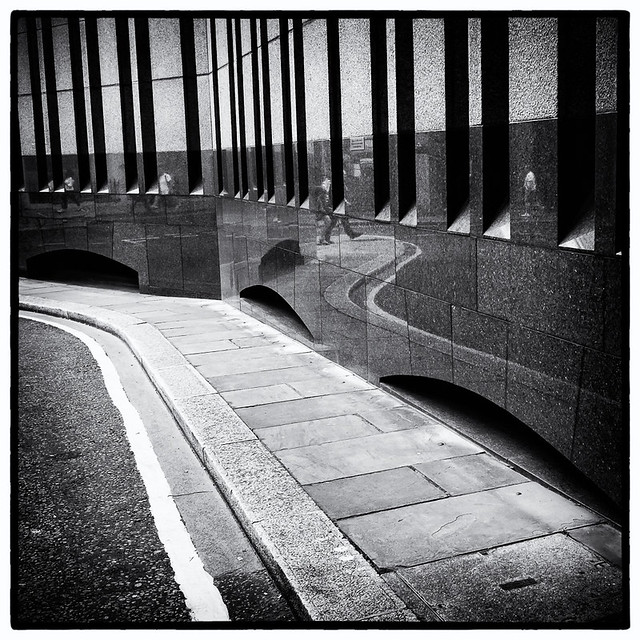
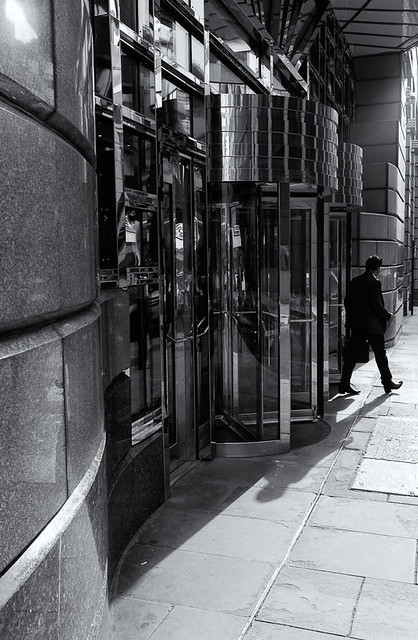
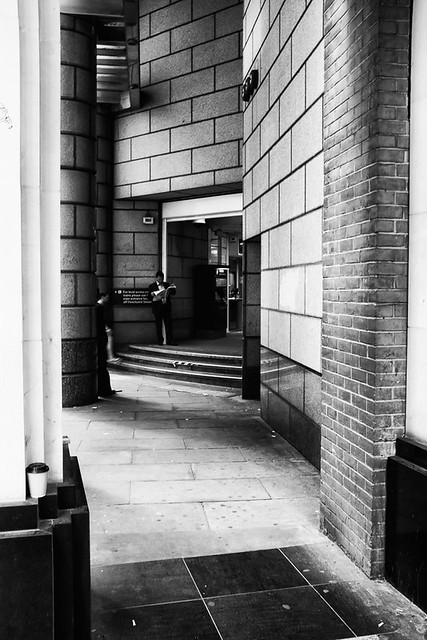
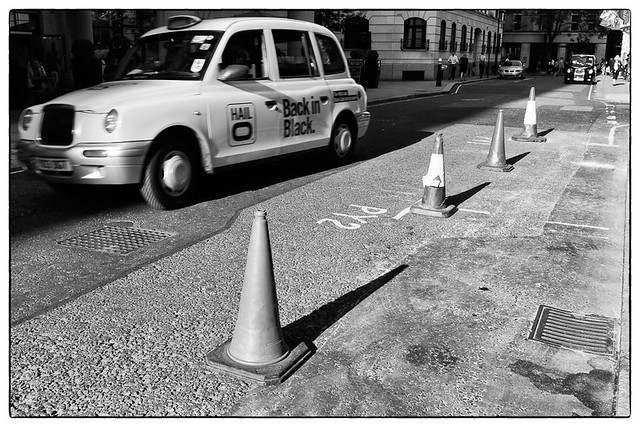

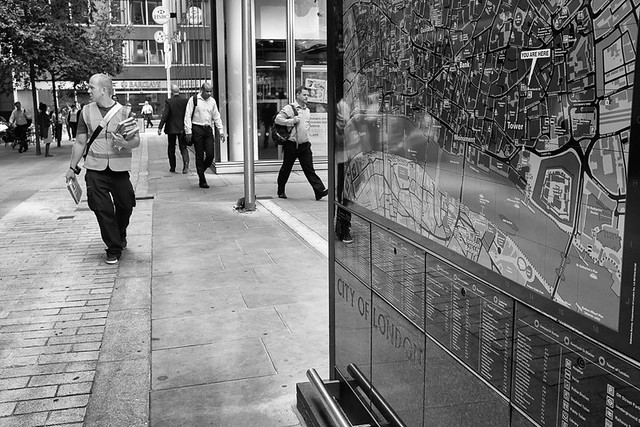
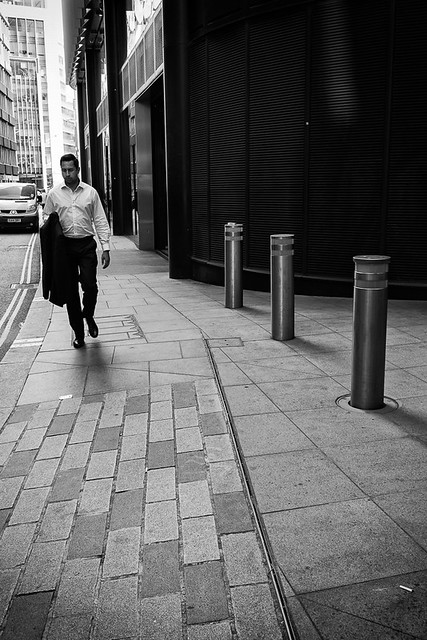

No comments:
Post a Comment